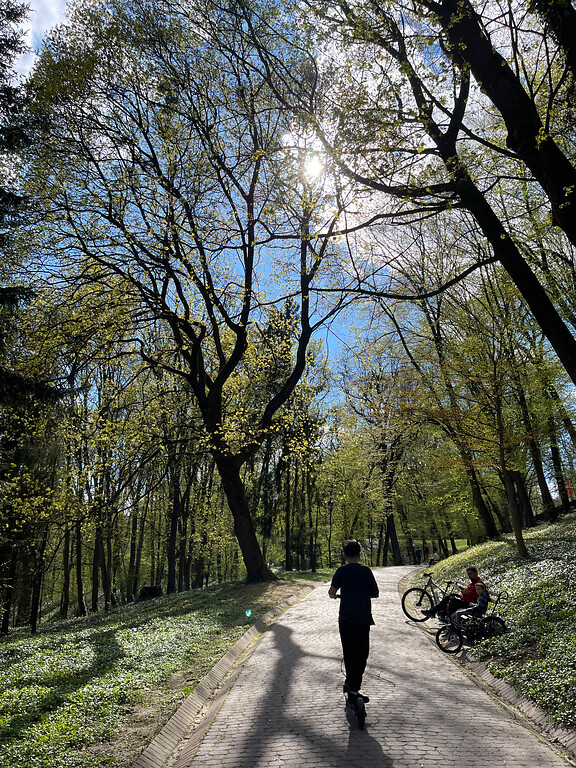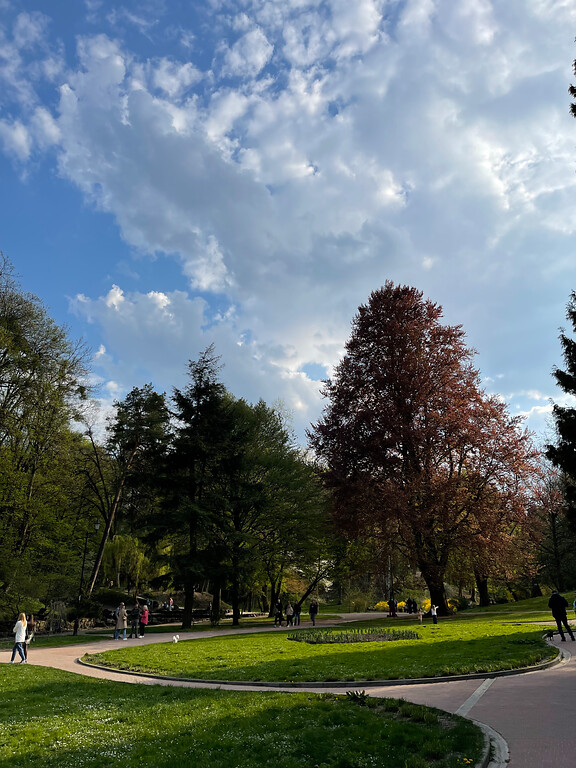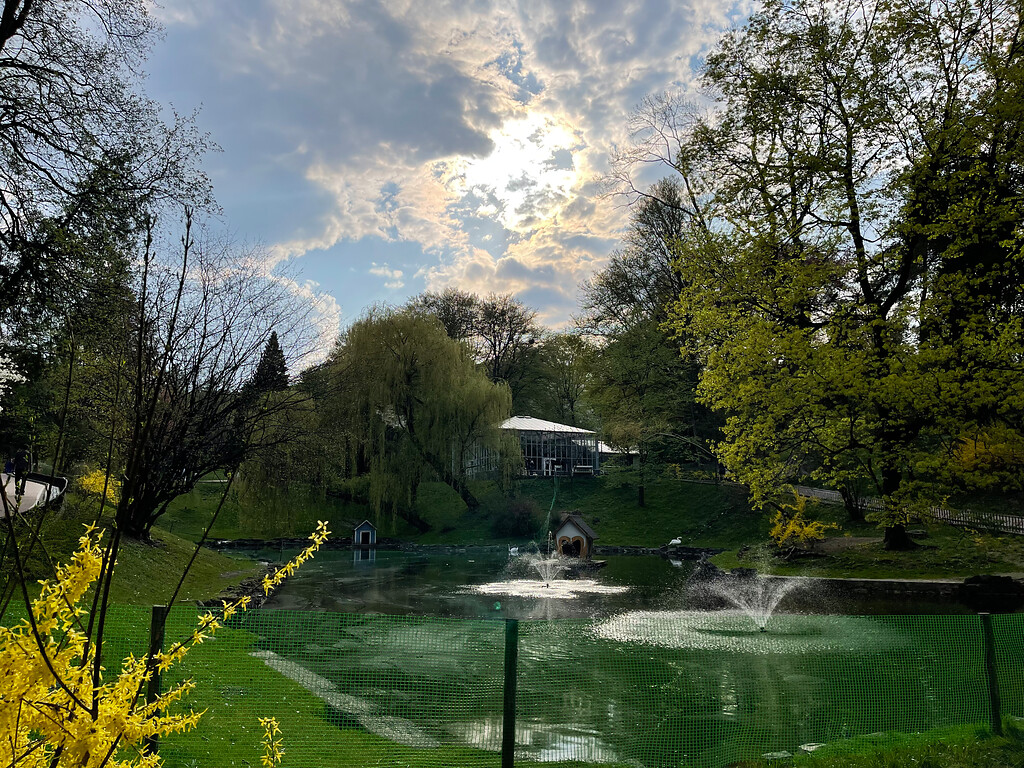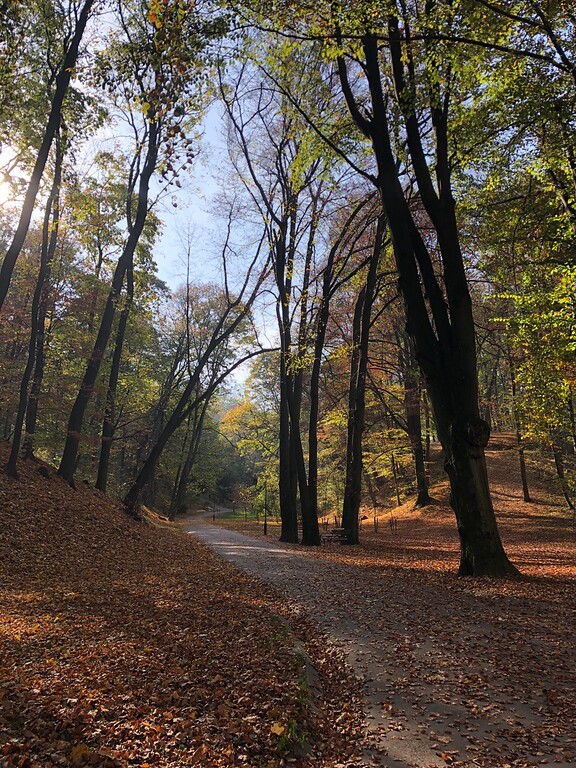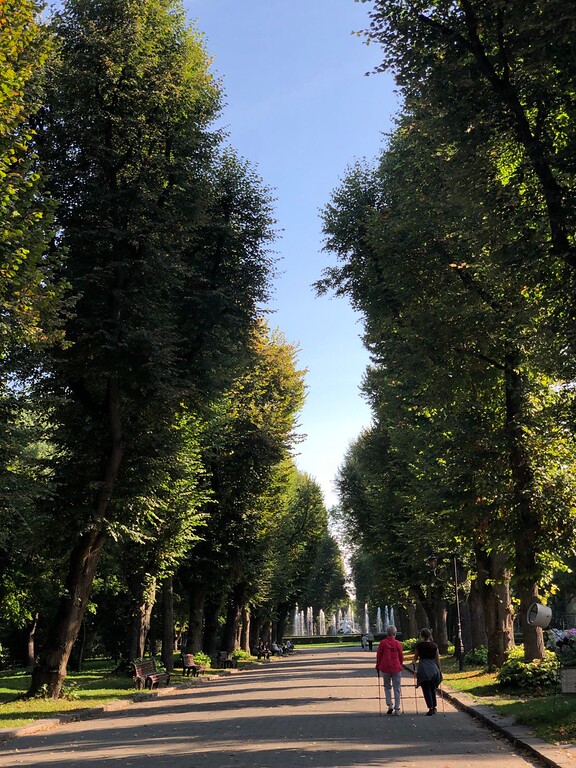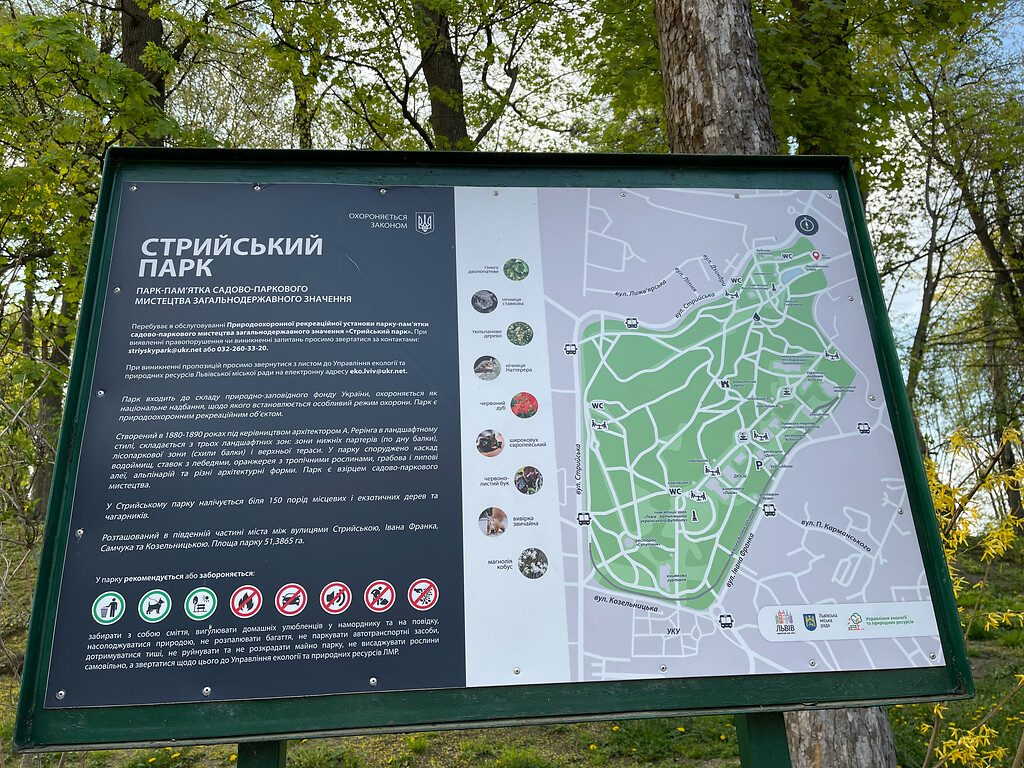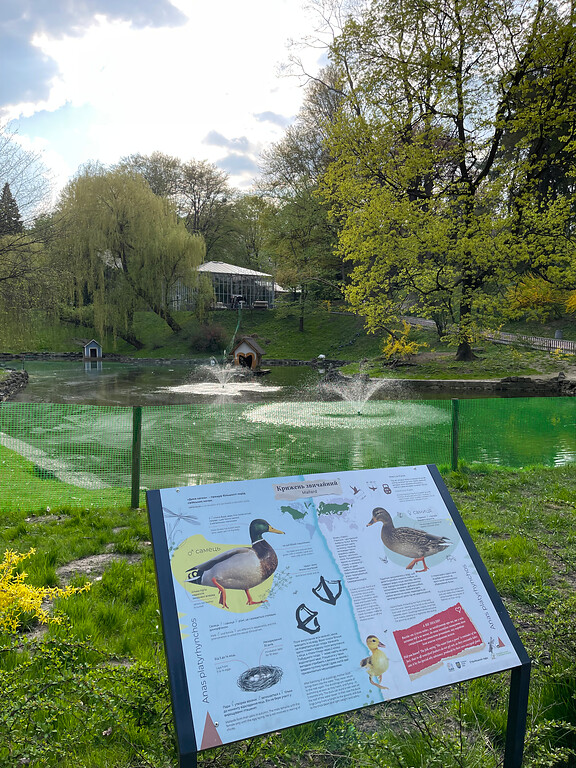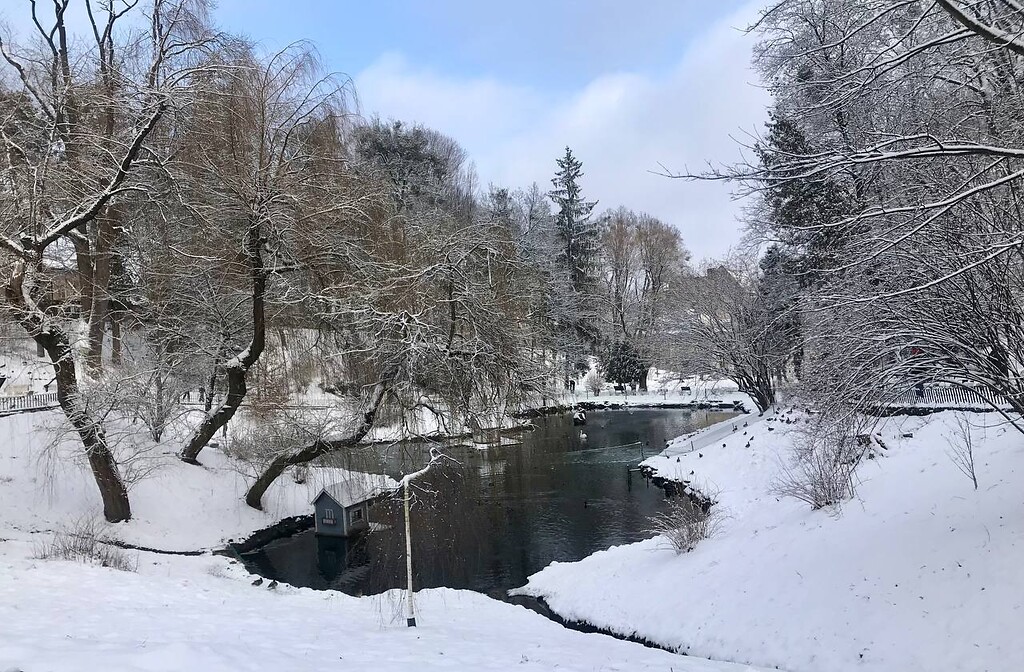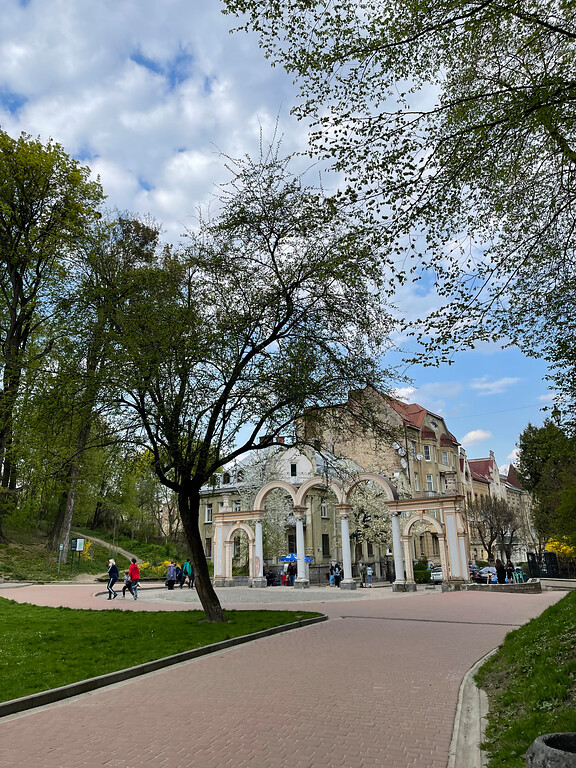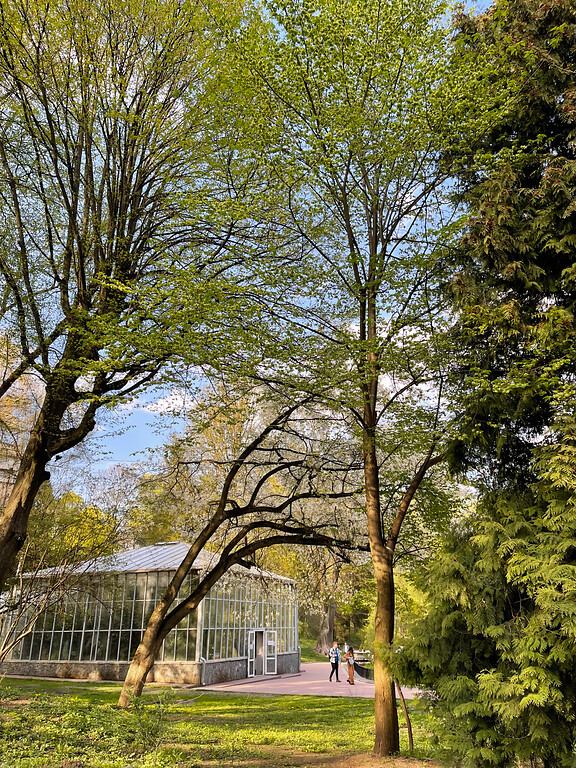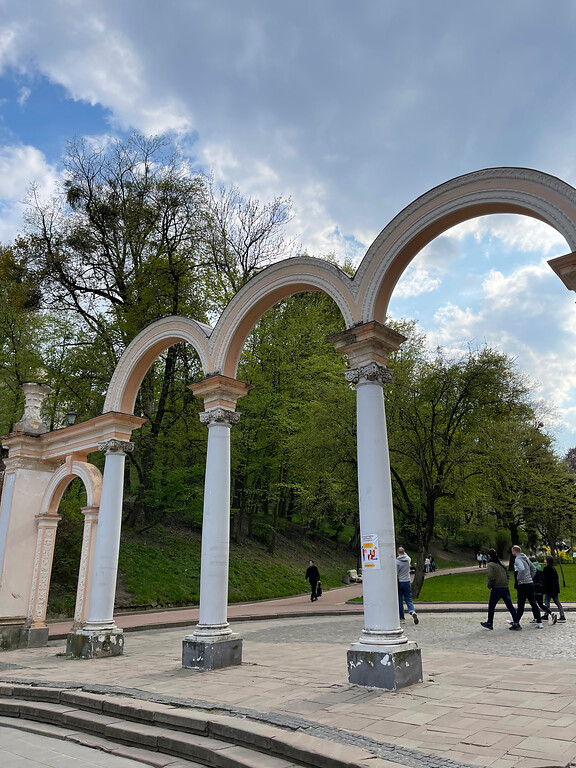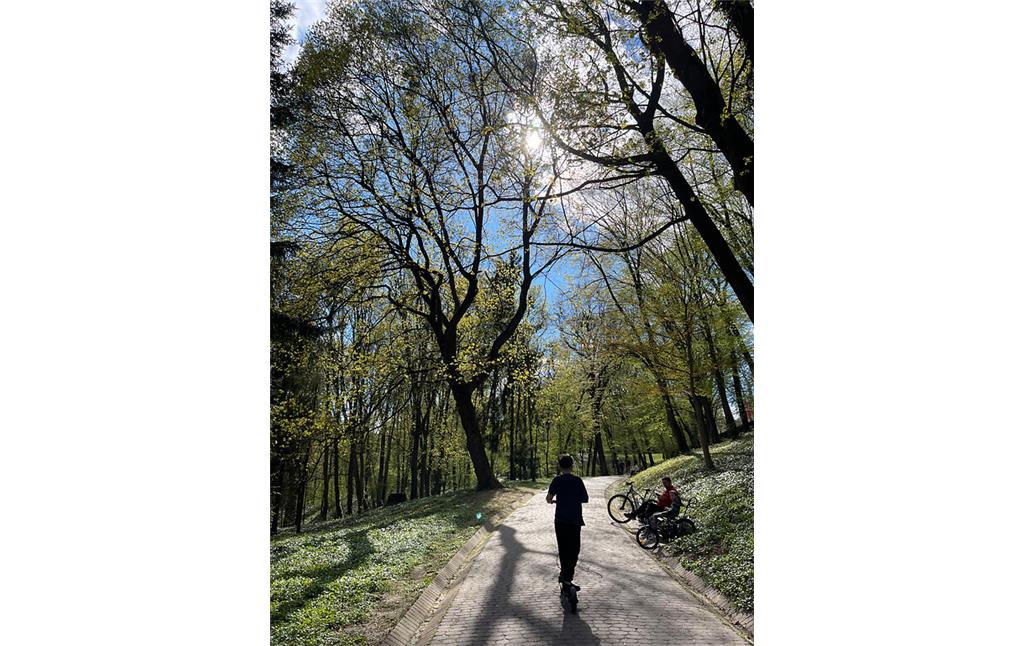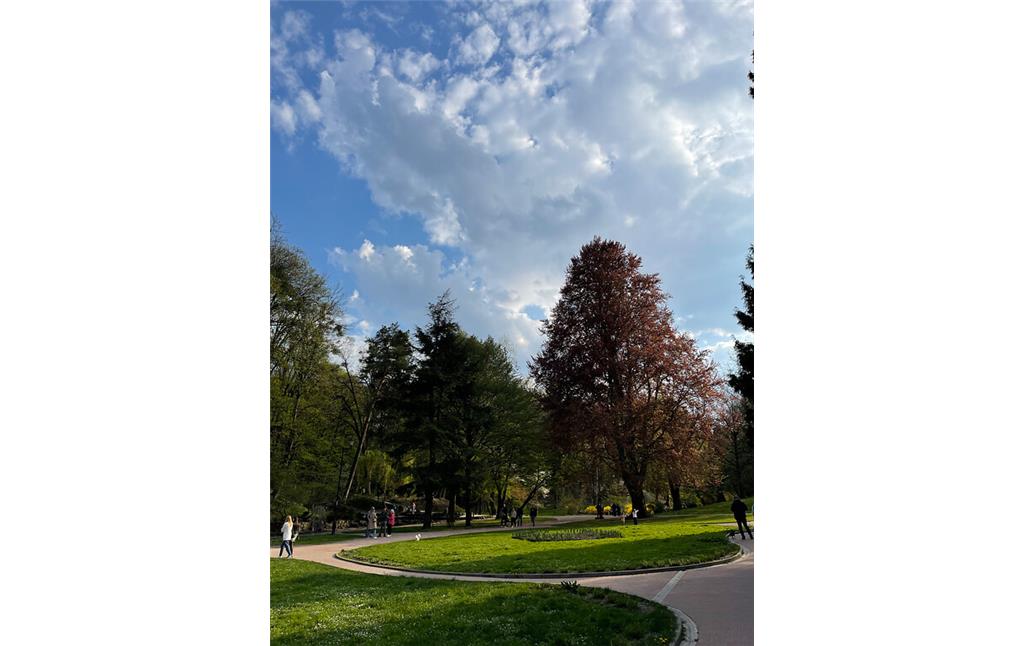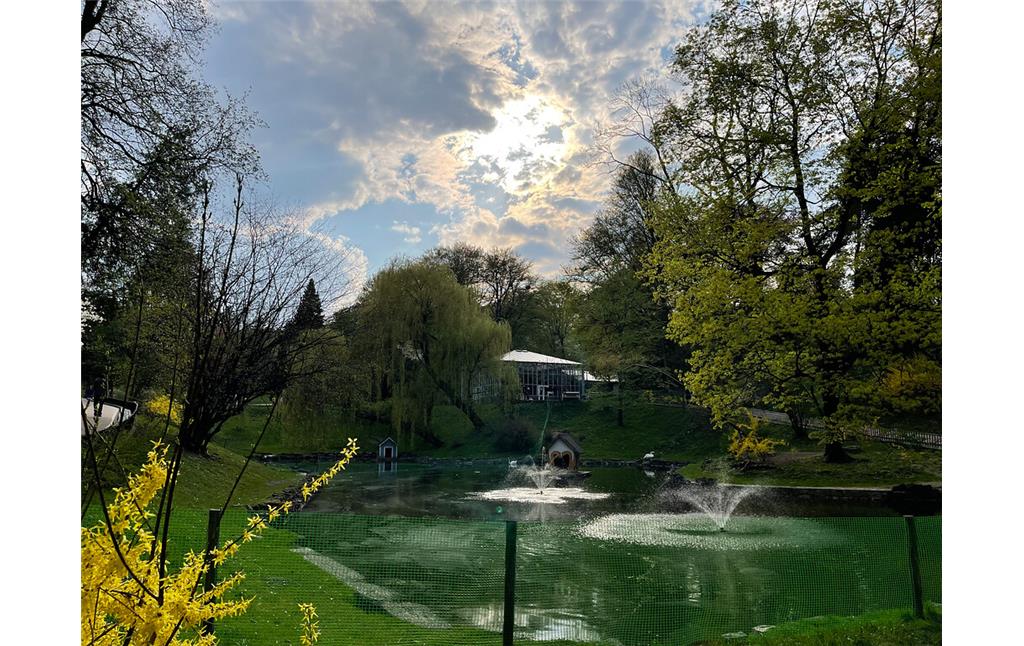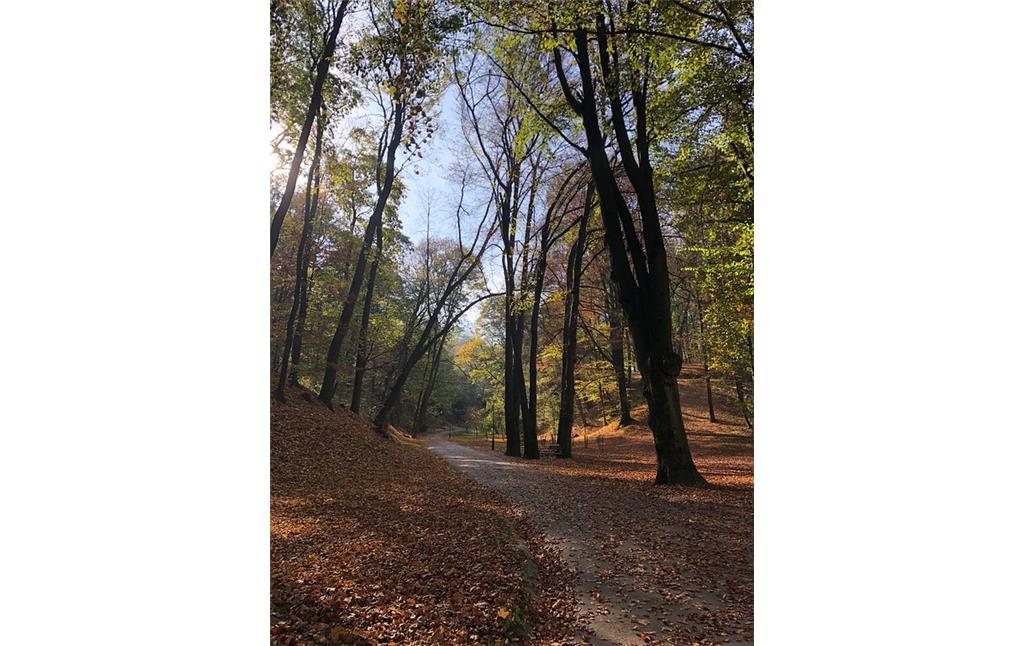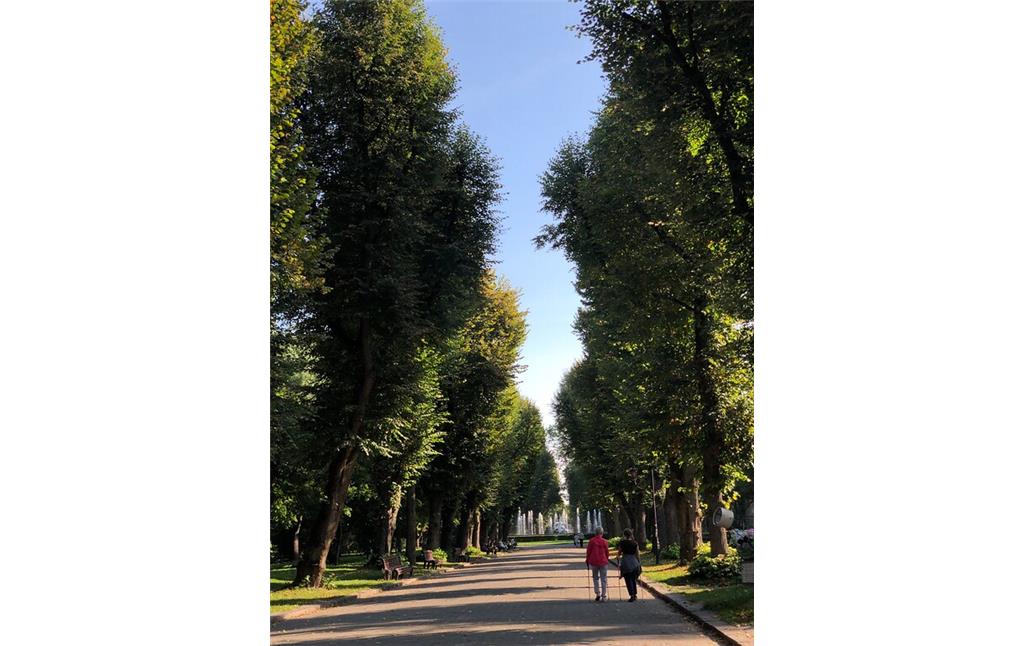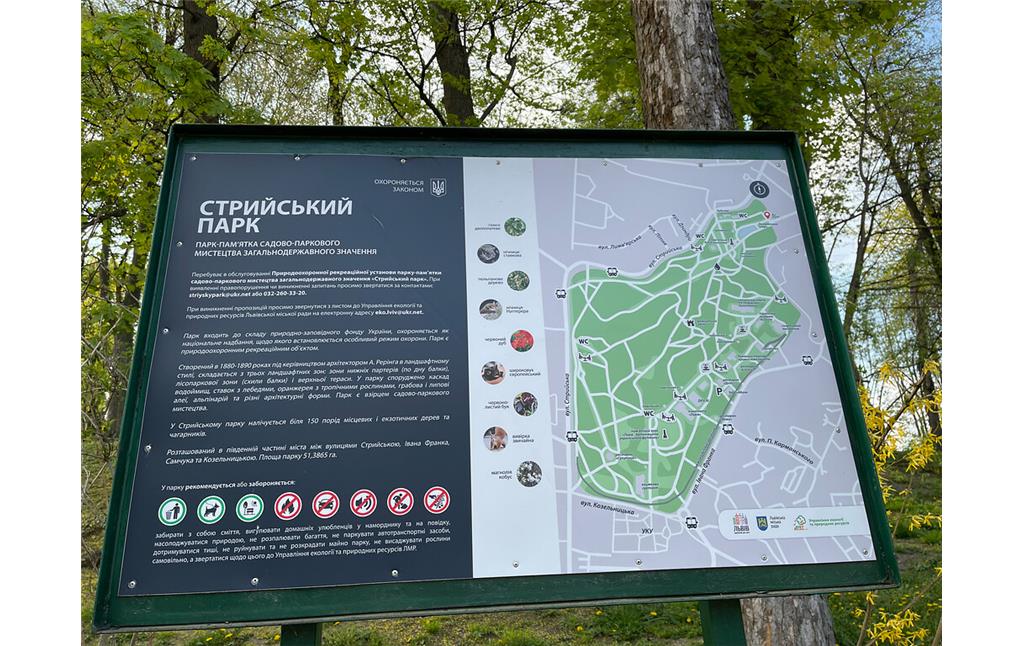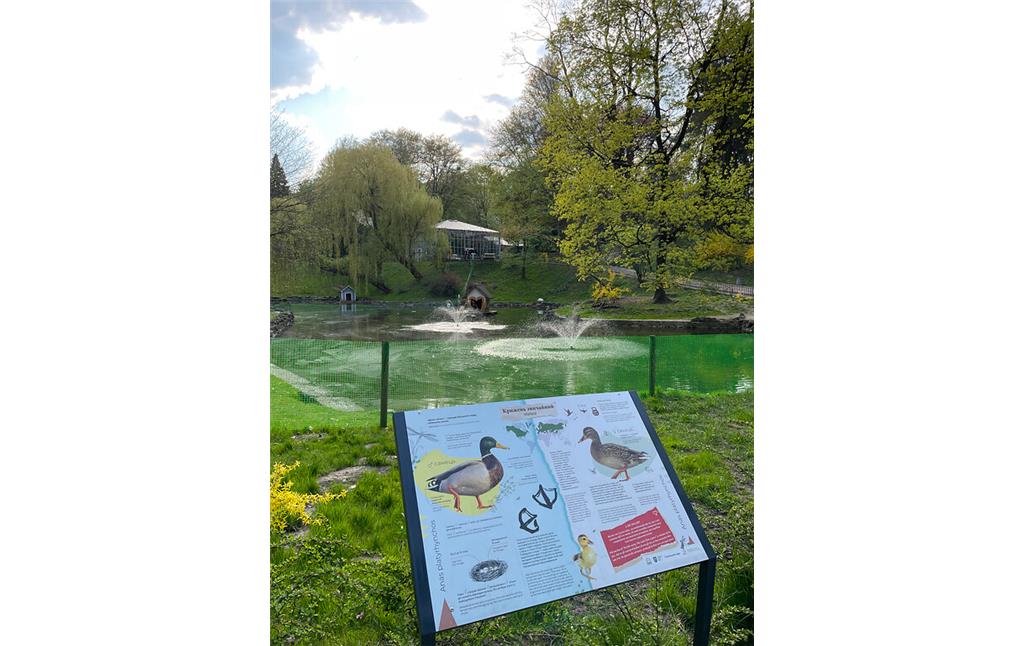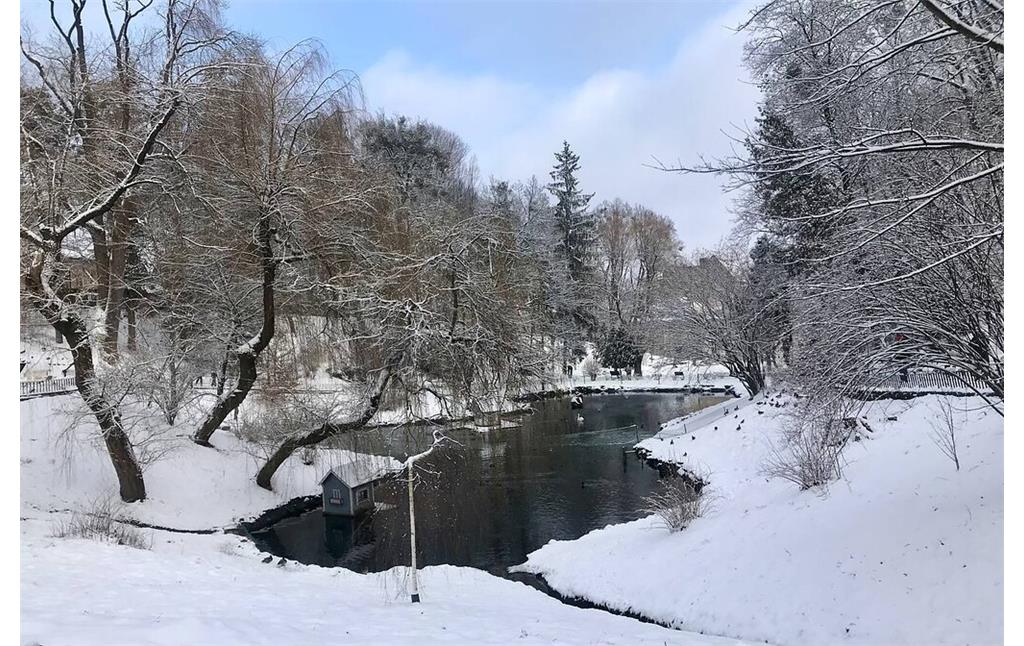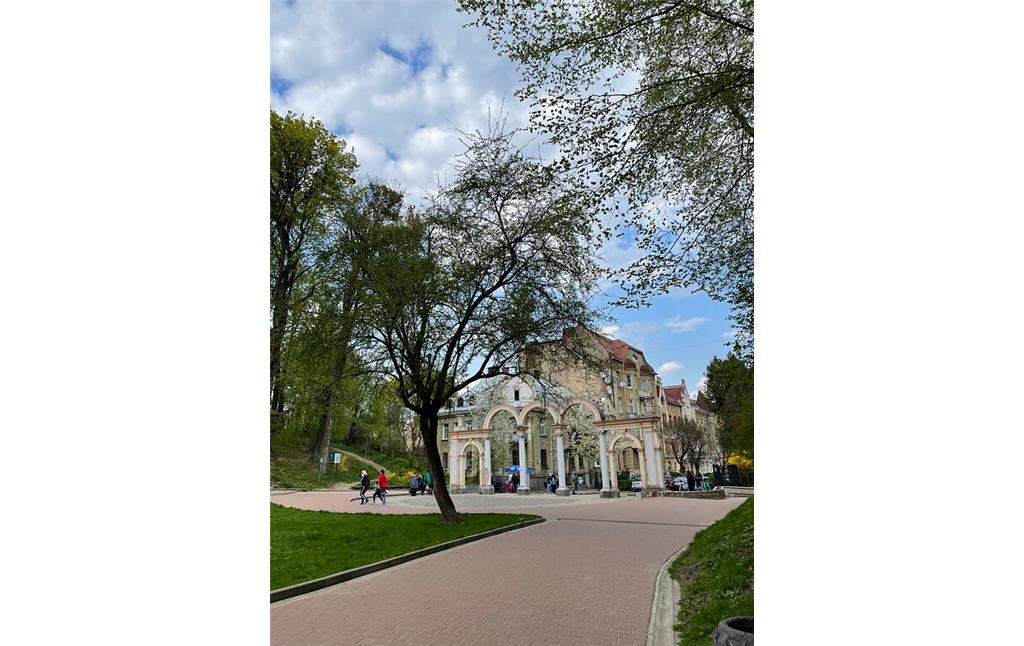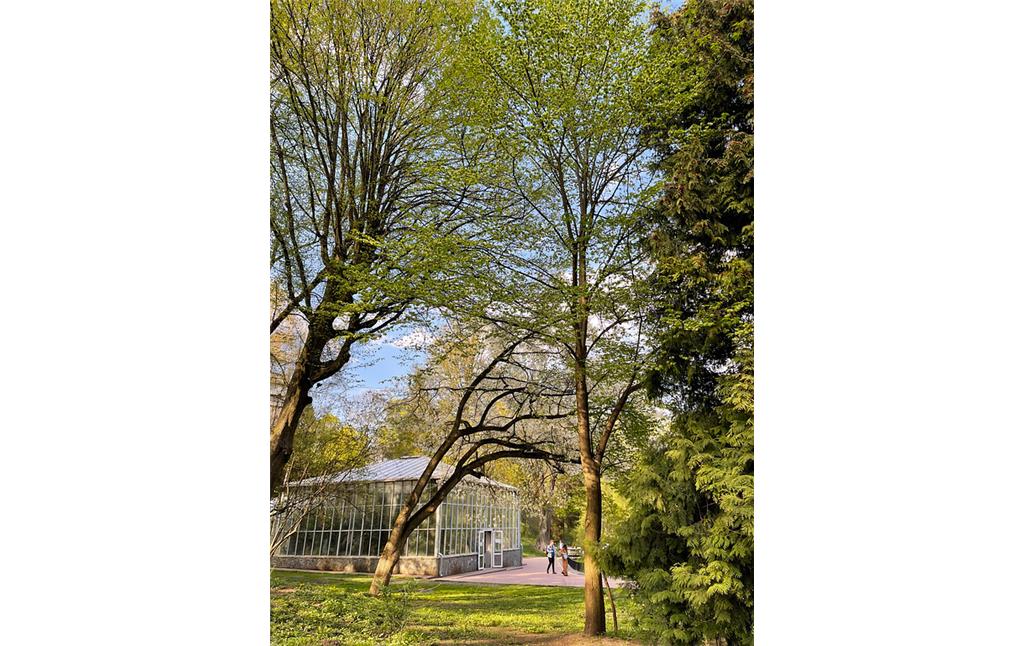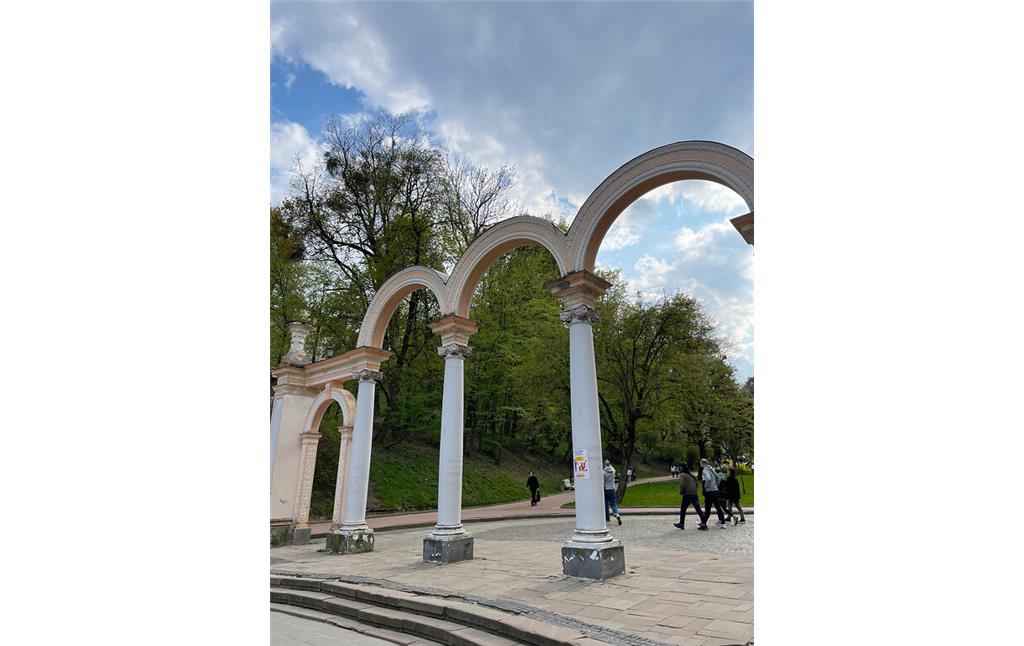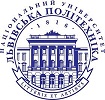
In ancient times, the neighborhood of todays’ park consisted of sandy hills, steep ravines and valleys. The arrangement of the park began in 1879 on the initiative of the city councilor Stanislav Nemchynovsky (1839-1924). Stryj Park was designed by the famous master of landscape art, urban plantation engineer Arnold Rering (1840-1913) from 1876 to 1877 on the territory of the former so-called „first“ Stryj cemetery that was closed in 1823. 40,000 trees were planted: spruce, maple, sycamore, exotic species such as red oak, tulip tree, red-leaved beech, ginkgo. In 1887, the Lviv City Council considered the construction of a monument to Jan Kilinski (1760-1819), one of the participants in the uprising led by Tadeusz Kosciuszko (1746-1817). The construction site was a newly created park, which was named Kilinsky Park. As early as 1888, work began on the construction of a monument commissioned by the famous Ukrainian sculptor Hryhoriy Kuznevych (1871-1948) and Yulian Markovsky (1846-1903). For this purpose from Mykolaiv the stone block was delivered. The monument was unveiled on June 18, 1895, where it still stands. However, the name „Kilinsky Park“ was not accepted by the public and the name „Stryiskyi Park“ proved to be more popular and has stood the test of time.
The original extent of the park was much smaller than it is today because only the lower part existed. The upper one was empty. In 1894 the upper terrace of Stryiskyi Park became the venue for a grand National Exhibition, timed to the 100th anniversary of the uprising of Tadeusz Kosciuszko (1746-1817). The Galician National Exhibition was the largest fair in the history of Galicia. It was held for 139 days from June 5 to October 10 to demonstrate cultural and civilizational achievements; numerous exhibition pavilions were built. Prior to this event, an electric tram was opened in Lviv, and in 1907 a tram track was brought to the territory. In 1936, the tram track was extended to Kozelnytska Street, and from there to Stryjska slingshot. However, as early as 1940, the section from Ivan Franko Street to Stryj Slingshot was dismantled, and the tram line in Stryj Park, which was used to service the Eastern Bidding, was closed.
„Romantic Ruins“ - a whim built in 1894. They were built from the remains of the Stryj cemetery and the materials of the old bridge over the Soroka River. This whim had two forms - Austrian, was with loopholes in the walls. Later, during the Polish period, the ruins were somewhat rebuilt - in the wall instead of loopholes biforium made an arched window, divided into two parts by a column.
During the First World War, an Austrian pilot died in Stryj Park and his grave was near the Palace of Arts. In November 1918, there were graves of Ukrainian Sich riflemen, who were later exhumed and reburied at the Lychakiv cemetery.
From 1922 until the beginning of the Second World War, the park hosted an exhibition-fair „Eastern Auctions“, which led to narrow-gauge railways for the delivery of goods and passengers from the station Persenkivka. Stanislav Lem (1921-2006) mentions this annual exhibition. In the 1930s, a radio tower was built here.
In the 1920s, one of Lviv's guides wrote: „In the south of the city lies Stryi Park, known as the most beautiful park in the country. It enjoys the great love of the people of Lviv. Behind the park on a large plateau is the “Eastern Fair„. A huge trade takes place here every year, in the second week of September. Among these houses is the Wroclaw Panorama, which contains a magnificent panorama by Jan Styka (1858-1925) and Wojciech Kossak (1856-1942), which depicts the Battle of Wroclaw. The next room contains an interesting diorama “Lviv in the 18th century and today„.
In 1951, the narrow-gauge tracks used to service the Eastern Bidding were partially dismantled from Kozelnytska Street to Persenkivka Station, and partially used to create the Lviv Children's Railway.
In 1952, the main entrance to the park was decorated with a light arch of the Corinthian order designed by Soviet architect Heinrich Shvetsky-Vinetsky. During the Soviet period, the territory of the park was increased due to wastelands and unused areas, an iron fence was installed, new species of trees and shrubs were planted.
In 2008, the first skate park in Ukraine was opened in the upper part of Stryj Park. In 2009, a monument to Jan Kilinski (1760-1819) was restored with funds provided by the Government of the Republic of Poland. Reconstruction of the park has been going on since 2009, in particular, external lighting is being restored and paths are being bridged.
In June 2011, the restoration of the Ivasyk-Telesyk fountain was completed. 2.4 million ukrainian hryvnias has been allocated from the city budget for these needs. However, within a month the bowl of the fountain cracked. In the summer of 2013 it was restored after the reconstruction of the fountain.
Flora and fauna of the park
Today there are more than 200 species of trees and plants in Stryj Park, there is a greenhouse, rock garden, sycamore and linden alleys. Plants that are growing there are among usual spruces, maples, sycamores, and exotic ginkgos, red oak, red-leaved oak, tulip tree, Japanese lilac, Manchurian aralia.
.Not far from the main gate of the park is one of its most romantic places - a pond where swans live.
The park is spread over 52 hectares and consists of three parts: lower, upper and children's sector. The lower ground floor - the oldest part of the park - is a spacious lawn. Exotics, ornamental trees and shrubs are concentrated here. The upper part of the park is a dense forest, approaching the lime alley. The children's sector of the park, created in 1950-1953 on the site of a wasteland by agronomist-gardeners Kaplan and Contar.
Of the numerous buildings of the National Exhibition, the following have survived
- Palace of Arts - Built in 1892-1894 by architect Franciszek Skovron. In the interwar period, the palace hosted international table tennis tournaments. In 1950–1952, the Palace of Arts was rebuilt into a sports complex of Lviv Polytechnic National University according to a design by Jan Bagenski.
- Water Tower - Built in the form of a medieval tower in 1894 for the needs of the National Exhibition. The sketch of the building was made by Julian Zakharevich. After the cessation of the fairs (“Eastern Auctions„ in 1939), the tower stood idle for a long time. In the 1970s, the tower was adapted to house a cafe (possibly a restaurant) “Tower„. In 1981, a VCR appeared here and the institution became the first video cafe in Lviv, where there were constant screenings of various non-Soviet videos. Also related to the tower is the story of the director of the cafe, who resorted to significant financial fraud, for which she was imprisoned, and according to other versions - she was shot. The swindler was called Sonya “Golden Pen„, Sonia Brilliant (but it is worth remembering that such a nickname was often attached to swindlers at the time). And the story became widely known.
- Panorama Rotunda - Built in 1894. Especially for the Wroclaw Panorama exhibition. It was significantly damaged during the fighting of World War II, in ruins until the end of the 1960s. Then it was thoroughly repaired, converted into a sports building of Lviv Polytechnic Institute (now - NU “Lviv Polytechnic„). Later, the department of physical education of this educational institution was located in it. Architecturally, the building is completely redesigned. The only thing that remains authentic is the roof drum with a spire.
Mentionable Personalities:
Karl Bauer (1868-1942) was a landscape architect and park designer.
Juliusz Hochberger (1840-1905) was an architect.
Zygmunt Gorgolewski (1845-1903) was an architect.
Julian Oktawian Zachariewicz (1837-1898) was an architect.
Kazimierz III (1310-1370) was the King of Poland.
Jan Kilinski (1760-1819) was a Polish insurgent.
Michal Kowalczuk (1855-1938) was an architect, architectural critic and author of guides.
Wojciech Kossak (1856-1942) was an artist.
Tadeusz Kosciuszko (1746-1817) was the leader of the Polish uprising.
Julian Markowski (1846-1903) was a sculptor.
Stanislaw Niemczynowski (1839-1924) was a public figure and city councilor.
Franciszek Skowron (1856-1929) was an architect.
Zygmunt Stankiewicz (1914-2010) was an engineer and local historian.
Olena Stepanov (1892-1963) was an historian, geographer, public figure.
Jan Styka (1858-1925) was an artist.
Arnold Röhring (1840-1913) was a landscape architect and park designer.
Heinrich Shvetsko-Vinetsky was an architect.
(Daria Slipchuk, Lviv Polytechnic National University, 2022. This object was created during the Russo-Ukrainian War in April/May 2022)
